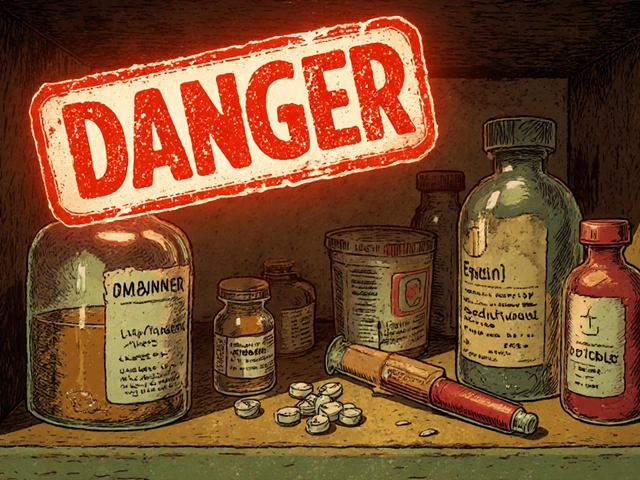Myeloma: What to Know and What to Ask Your Doctor
Myeloma — usually called multiple myeloma — is a cancer of plasma cells inside the bone marrow. It often shows up as bone pain, tiredness, frequent infections, or unexplained kidney issues. If you or someone you care for is facing this diagnosis, clear, practical steps matter more than medical jargon. Here’s what will help you act and talk to your care team confidently.
How doctors diagnose myeloma
Diagnosis mixes blood tests, urine checks, imaging, and a bone marrow biopsy. Common tests include serum protein electrophoresis (SPEP), free light chain assays, and urine protein checks for Bence Jones protein. Imaging—X‑rays, MRI, or PET‑CT—checks for bone damage. A bone marrow biopsy confirms how many abnormal plasma cells are present. These tests tell doctors whether you have smoldering myeloma (watchful waiting) or active disease that needs treatment.
Practical tip: bring a list of symptoms, current meds, and recent lab results to appointments. Ask your doctor to explain each test in plain language and what results mean for your next steps.
Treatment options and day-to-day care
Treatment depends on stage, symptoms, age, and overall health. Common drugs include proteasome inhibitors (like bortezomib), immunomodulatory drugs (lenalidomide), monoclonal antibodies (daratumumab), and steroids. Many people also get an autologous stem cell transplant if they’re eligible. Newer options such as CAR‑T cell therapy and bispecific antibodies are available through centers and trials.
Bone health is a big focus—doctors often prescribe bisphosphonates (e.g., zoledronic acid) to reduce fractures and bone pain. Kidney function is monitored closely; hydration and avoiding certain meds can protect kidneys. Infection prevention matters: keep vaccinations up to date and call your team early for fevers or signs of infection.
Side effects are real but usually manageable. Ask about nausea control, neuropathy prevention, blood‑count monitoring, and when to report symptoms. Keep a symptom diary: note pain, temperature, energy, and any new bruising or bleeding. That log helps your team adjust treatment faster.
Searching for clinical trials can be useful, especially if standard treatments stop working. Check clinicaltrials.gov or ask your oncologist about trials nearby. A second opinion at a myeloma center is worth it for major decisions like transplant or experimental therapy.
Practical checklist for appointments: copy of records, recent lab results, list of meds, questions written down, and a support person if possible. Connect with a myeloma support group or nurse navigator for everyday tips on dealing with fatigue, diet, and insurance questions. Small steps—tracking symptoms, asking clear questions, and planning side‑effect care—make treatment easier to handle.
If you want, I can help draft questions for your next appointment or summarize a lab report to make sense of it. Just paste the details and I’ll keep it simple.

Myeloma and Pets: The Benefits of Animal Companionship
Myeloma is a difficult journey, but I've found solace in the companionship of my pets. Their unconditional love and support have proven to be invaluable during my treatment. Studies have shown that animal companions can help reduce stress, lower blood pressure, and even boost the immune system. My pets have not only provided emotional support, but also encouraged daily exercise and social interaction, improving my overall well-being. I can truly say that my animal companions have played a crucial role in helping me cope with my myeloma diagnosis.
Read More




